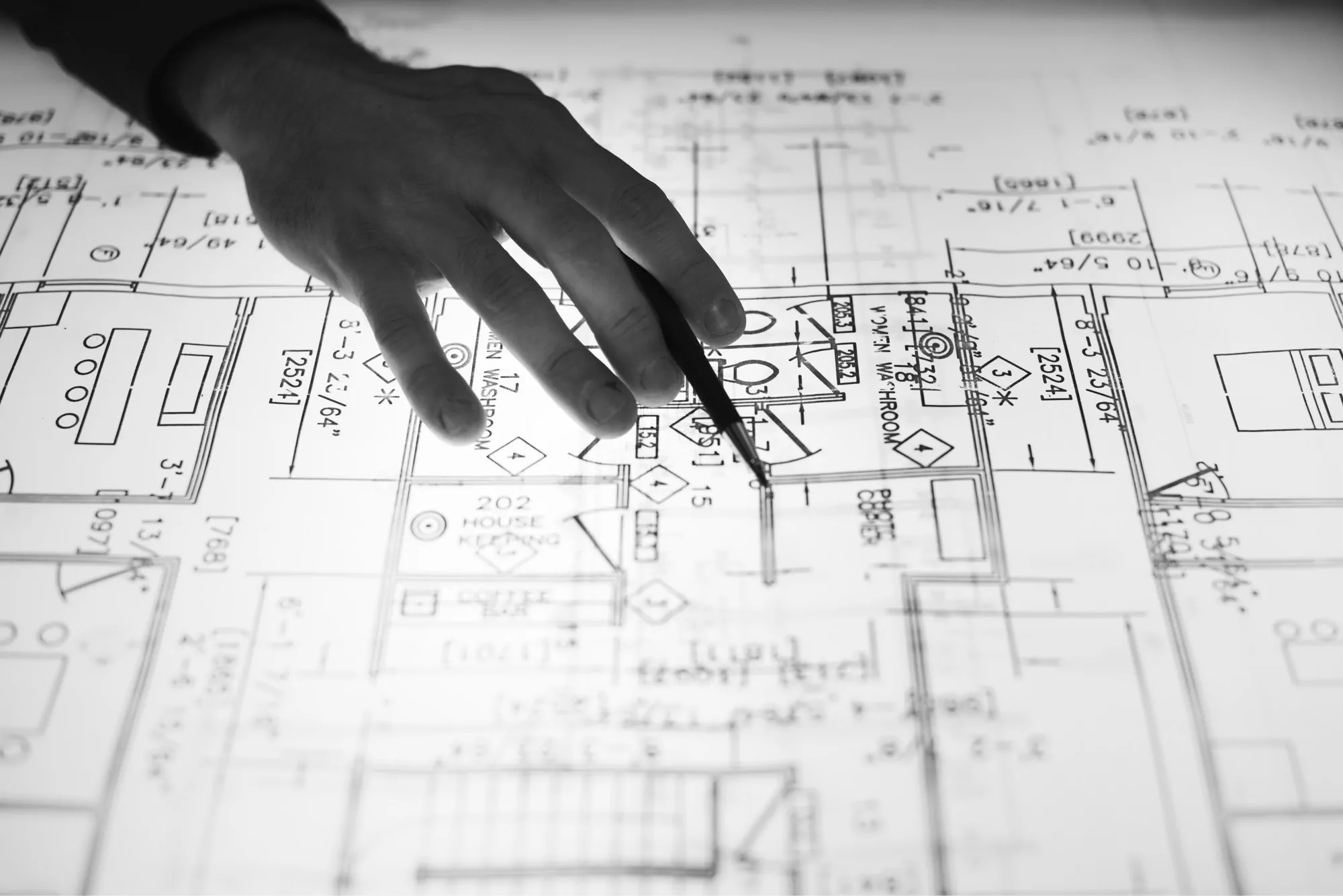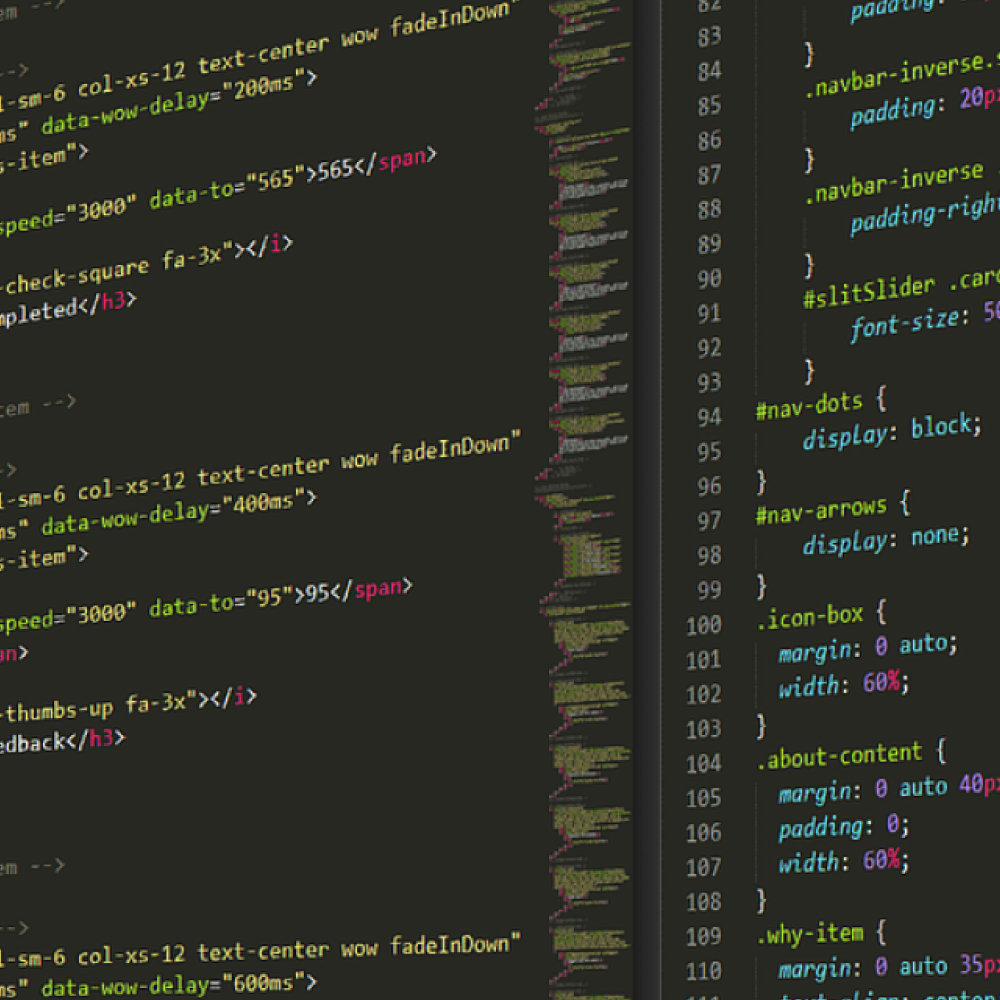User experience refers to the user experience that people feel in connection with various digital products or software applications. This is exactly what is at the end of user research – the “experience” that should actually be felt as such.
After all, users will only continue to use products and developments in the digital world if they have a positive experience with them. The user experience therefore becomes a product experience for the user. We design digital products that help people do their jobs in the best possible way and achieve their goals in a simple and enjoyable way. To meet this requirement, we use a variety of user research methods. These can be understood in the context of an evaluation, which serves to find out the needs of the users and examine their tasks. Many of our customers and/or partners are familiar with the usability testing method. However, this is only one aspect of a broader discipline. Usability testing is only a small component in the comprehensive field of user research…
Understanding the context and behavior of users
- What is the added value for users?
- handling is simple and
- How do users accept the product/software?
User research – gaining valuable insights for user-centered solutions
Generating information is the starting point for all user research. Our goal is to use user research to generate positive effects on the people and business of our clients. For this reason, user research and the associated usability and design testing are an integral part of our work. We analyze the context, framework conditions and behavior of users in order to understand what tasks they need to perform and what meanings are behind them. The application of user research methods enables us to investigate complex problems, develop innovative ideas and devise effective design solutions that make using hardware and software as pleasant as possible. We provide our clients with key insights and foundations based on user behavior that help them make better decisions. We support teams by continuously reviewing assumptions and hypotheses. This approach enables us to respond more quickly to customer needs and find new, suitable solutions. For us, it is not only important that a system can be operated and works, but above all that the needs of the users are met and that the tool is tailored to the people who work with it in the best possible way. This means that usability testing is followed by user experience. To ensure that these requirements are optimally taken into account during product development, we adapt our research design individually to the respective objective.

Learn
more
We are more than just experts – our dedicated team of designers, developers and marketing specialists work hand in hand to take your digital presence to the next level. Ready for the next step? Contact us and find out more about our services.
User research methods
We use various user research methods to answer different questions and draw the right conclusions together with our clients. It can therefore be said that user research is to a certain extent usability research, in which an attempt is made to find out the most important findings in relation to the value of the experience with the product. Usability testing is just one method in the repertoire of user research that we use. Depending on the objective and question, we select qualitative or quantitative approaches that are tailored to the respective process. The following is a selection of methods that we regularly use to find out more about users:
- Expert interviews: Interviewing people with specialist knowledge and insight into project-relevant matters. These interviews are particularly helpful in finding out the background to the design of the product. This is about features, processes, but also the design of the products in order to achieve the best possible user experience.
- Field studies Analysis of the familiar environment of users and observation of their behavior in this (working) environment. This is about systematic observation under natural conditions. The final step is always a precise analysis, which is then used to derive designs, methods and software applications.
- User interviews Personal interviews with users regarding tasks, actions, goals and contexts. These surveys can be an impetus for further usability, user or design testing, but can also set the product prototyping process in motion again.
- User Observation Shoulder view, in which users are observed as they use a product, complete a task, deal with a situation and how they behave. The user is observed in their everyday context when using the tool, hardware or software in question and further conclusions are drawn from this behavior for testing and further development.
- User Behavior Analysis These are also referred to as task analysis – evaluation of user behavior based on tracking data or observation. This is primarily about usability and less about design. The usual handling of the product/with various tasks is the focus of the test here.
- User Journey Map Schematic summary of a course of use or an observation, which may contain overarching tasks, objectives, difficulties and success stories.
- Use Cases Specific description of how users interact with a particular feature on a website. Use cases offer a comprehensive but also detailed insight into the user’s interaction with the website, but also how they master related tasks.
- Business Model Canvas A template that allows the analysis or development of business models based on user groups, resources, product or service offerings and other parameters.
- Value Proposition Design Canvas A method that makes it possible to develop valuable, user-centered products and services through customer centricity.
- Persona Definition Creation of prototypical user profiles that incorporate the findings from user interviews, research or observation. Personas originate from the field of human-computer interaction and have specific characteristics and user behavior. These personas are representative of the majority of future actual users.
- Customer Collaboration Workshops Also known as focus group methods or tests. Workshops with a specific number of participants to develop user needs, requirements and innovative solutions together with the people involved. This is a particularly important approach that helps developers in particular to put themselves in the role of the target person. Because only those who can do this know in which direction to design usability and to what extent the user experience can be made tangible.
- Rapid iterative Testing Evaluation Rapid product design and development, using prototypes or design mockups that undergo user testing and are adapted based on the findings.
Further reading
- Books by Tomer Sharon: It’s our research & validation of product ideas
- Interview with Steve Portigal: interviewing users
- Interview with Kim Goodwin by James Royal-Lawson and Per Axbom about journey mapping
- Indi Young: User need analysis
- Alan Cooper, Robert Reimann, David Cronin: About Face 3: The Essentials of Interaction Design
- User-centered design with rapid prototyping by Philipp Brunner
- Value Proposition design. How to create products and services customers want
From the latest industry trends and the latest insights into AI and UX/UI design to exciting use cases. Sign up for our monthly newsletter and stay up to date!
Stay
tuned
More articles




